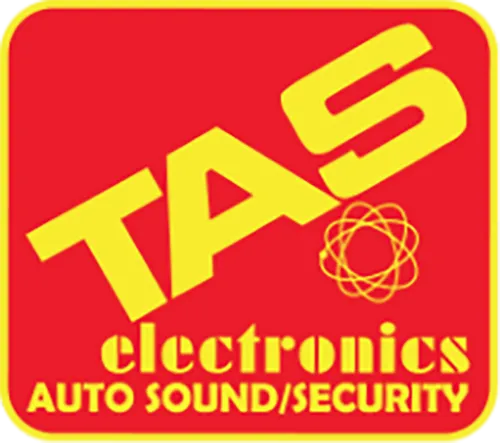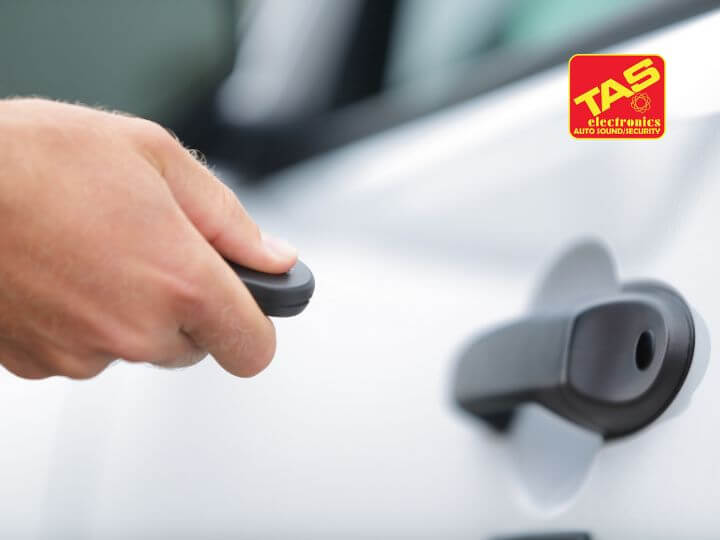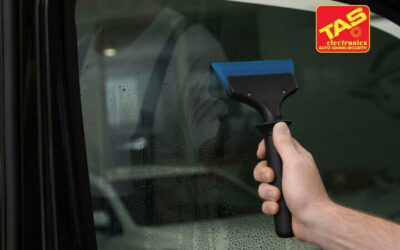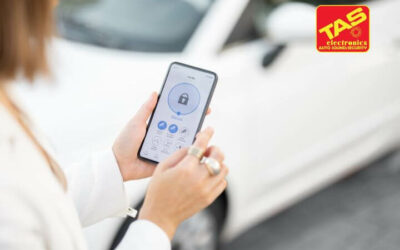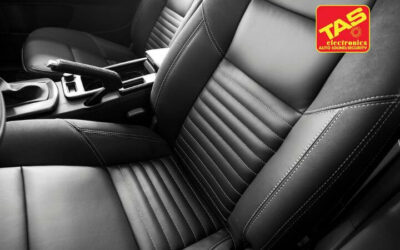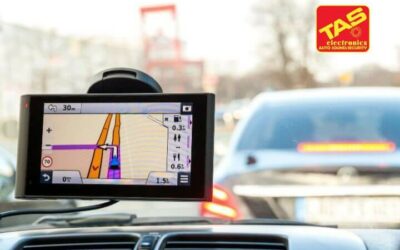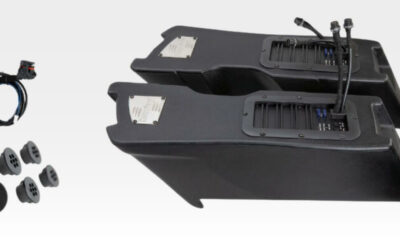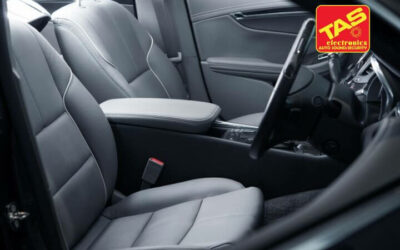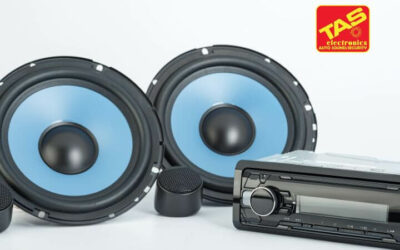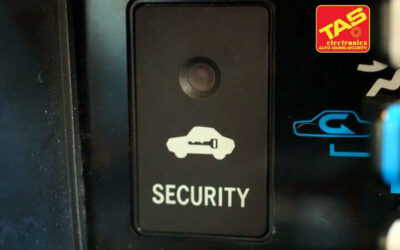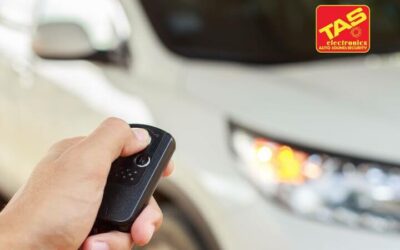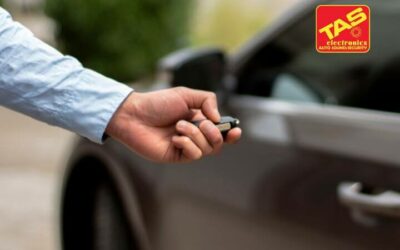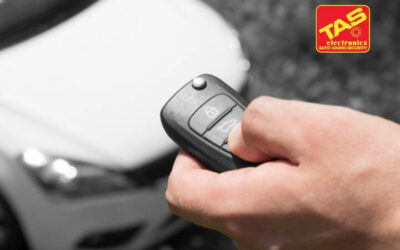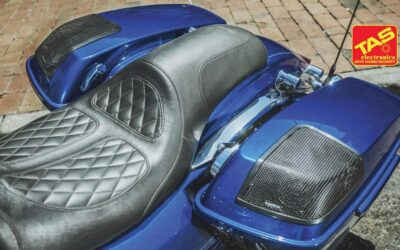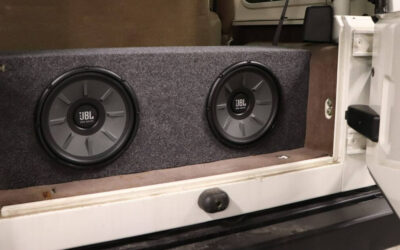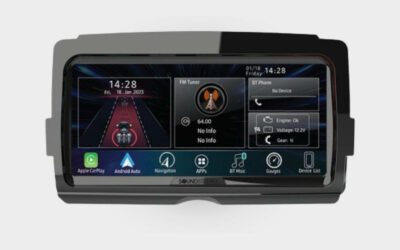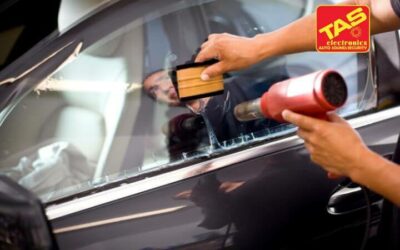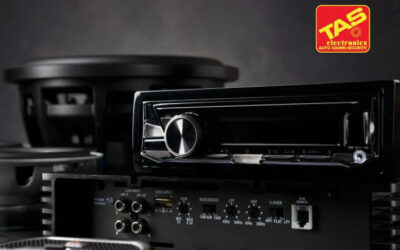A remote car starter allows you to start your vehicle’s engine from a distance, typically using a key fob or smartphone app. With a press of a button, you can get your car warmed up or cooled down before you even step outside. Trusting the proficient service of TAS Electronics for your remote car starter needs ensures that you get quality and reliable installations every time. This convenient technology is growing in popularity, especially in regions with extreme weather.
However, some lingering doubts and misconceptions exist about whether remote starters are bad for vehicles. Critics argue they can lead to engine damage, drain batteries, and make cars easier to steal. But much of this stems from outdated information and myths. When installed properly and used responsibly, remote start systems are generally safe for cars.
This article will examine common remote starter myths versus the facts, outline key benefits, provide guidance on proper installation and use, and overview what Compustar remote start systems have to offer. With the right information, you can decide if the convenience of remote start fits your needs and lifestyle. Keep reading to discover the insights you need to make an informed choice about this useful technology.
Benefits of Remote Car Starters
While remote car starters are often associated with cold winter weather, they offer advantages year-round. Here are some of the key benefits these systems provide:
Convenience
The primary appeal of remote start systems is the convenience of being able to start your vehicle’s engine from inside your home, office, or anywhere within operating range. Depending on the system, operating range can extend hundreds of feet to over a mile away. This allows you time to finish getting ready, grab belongings, or wait for the interior temperature to become comfortable before heading out. It’s an extremely convenient way to save time and avoid having to trudge through snow or heat.
Comfort
By preheating your vehicle in the winter or precooling it in the summer using a remote starter, you can ensure the interior cabin is at optimal temperature when you get in. This includes warming or cooling the seats and steering wheel for immediate comfort. No more shivering in a frigid car or getting into an oven-like interior on hot days. The experience is much more pleasant for both driver and passengers when the vehicle’s climate is comfortable right from the start.
Safety
Having a remote start system activate the defroster and begin warming the engine also promotes safety in cold weather. It clears frost, ice, and fog from the windshield to improve visibility. And an engine that is already warm and at proper operating temperature when you hit the road means safer performance and handling. The benefits extend to summer too, by quickly cooling interiors that can become dangerously hot sitting in the sun.
Security
Remote starters have built-in security features to prevent theft. The engine automatically shuts off after 10 minutes if you don’t enter the vehicle. Anti-grinding protection also prevents the starter from re-engaging while already running. Most importantly, the car will not drive without the key present, so a would-be thief cannot steal your idling vehicle. Remote start enhances security since it allows you to confirm your car is running yet secure from a distance.
Common Myths and Facts
Despite the benefits, you may still wonder if remote car starters are truly safe and won’t damage your vehicle. Let’s examine some common remote starter myths versus the facts:
Myth 1: Remote starters cause engine damage
Some automotive enthusiasts theorize that idling your car to warm it up before driving, which is essentially what remote start enables, causes unnecessary engine wear over time. But there is little hard evidence to support significant damage from modern intermittent use. Here are the facts:
– Modern engines do not require prolonged idling to reach optimal temperature. Within 30 seconds to 1 minute of the engine running, oil sufficiently circulates and critical components are warmed. Remote start sessions are usually within this duration.
– The strain put on an engine during actual driving is far greater than the strain from idling. Parts are subject to much higher pressures and RPMs when accelerating or cruising down the highway. Occasional remote starts supplementing shorter drives has minimal comparative strain.
– Many auto experts agree that the negligible wear caused by periodic remote starts does not substantively shorten engine life. Potential benefits of preheating the engine outweigh any slight reduction in longevity.
So while very frequent and excessive idling can sometimes reduce lifespan, most engines today are resilient enough that the gentle warm-up from a remote starter poses little risk of damage.
Myth 2: Remote starters drain the battery
Since remote systems draw a small amount of current, some assume they can tax the battery. But when installed properly, battery drain is rarely a significant issue. Here’s why:
– Quality remote start systems are designed to minimize battery drain when the engine is off. For example, Compustar units draw less than 20mA of current when not active. This light load will not substantially drain modern vehicle batteries.
– Remote start runtimes are capped, usually to 10-15 minutes, which minimizes any battery load. The engine will automatically shut down after the preset duration.
– Battery health indicators alert you if voltage drops too low. This allows you to diagnose any underlying issues before they become a problem.
– If installing an aftermarket system, a professional will examine your existing battery to ensure it has ample capacity. Replacement may be recommended if the health is marginal.
With proper installation, most remote start systems put little more demand on your battery than existing electronics like your radio already do. Battery drain risks are largely avoidable.
Myth 3: Remote starters make it easier to steal your car
It’s understandable to be concerned about a running vehicle being easier to steal. But modern remote start systems have robust anti-theft protections:
– The engine automatically shuts off after idling for a fixed duration, usually 10 minutes. This prevents thieves from having unlimited time to break in.
– Shutting off the engine also engages door locks and sets the alarm system. Any tampering will trigger alerts.
– The vehicle will not drive without the key present. Pressing the brake or attempting to shift into gear causes the engine to shut down if the key fob is not present.
– Aftermarket systems integrate to existing alarm systems. Any attempted break-in immediately triggers sirens and notifications.
Responsibly using a remote starter’s core security features provides protection against theft. And being able to verify your car is secure from afar offers peace of mind.
Myth 4: Remote starters void car warranties
This common misconception has some nuance behind it. Strictly speaking, the Magnuson-Moss Warranty Act in the U.S. prohibits auto manufacturers from voiding a warranty just because aftermarket equipment like remote starters are installed. However, here are some important caveats:
– Damage or failures clearly caused by an add-on component may not be covered under factory warranty. But the warranty still remains intact for unrelated issues.
– Complex systems like remote starters should be installed by professionals to avoid wiring issues. Proper installation is key to minimizing warranty risks.
– Many automaker warranties prohibit do-it-yourself installation of remote starters to maintain coverage. Professional installation is recommended.
The specifics can also vary by manufacturer policies. Carefully reading warranty terms or checking directly with your dealer is advised. Unless installed improperly, most modern remote start systems can coexist just fine with factory warranties.
Myth 5: Remote starters are only useful in extreme weather
It’s easy to pigeon-hole remote starters as mainly for those dealing with extreme cold and heat. But while they shine brightest in extreme temperatures, remote starters deliver convenience benefits year-round:
– Preheating or precooling the cabin keeps conditions comfortable in milder weather too. Remote start can turn an already nice day into an even nicer drive.
– On humid days, remote start with air conditioning helps dry the air and reduce fogging.
– Warmer engine operation in any condition promotes longevity and reduces emissions.
– The security and convenience benefits exist rain or shine, from knowing your car is ready to go no matter the weather.
Remote start systems certainly hold the most obvious appeal for very cold or hot regions. But as an added convenience, most drivers can find value from their capabilities year-round.
Myth 6: Remote car starters are expensive
While remote start systems carry a higher upfront cost than some basic aftermarket upgrades, the price depends greatly on the product features and installation options chosen. Here is an overview:
– Basic 1-way remote start kits can be found for $50-$150 for DIY installation. These affordably priced starters offer keyless entry and manual climate control.
– Higher-end 1-way and 2-way system kits with extended range, climate and smart device control run $200-$400. These include more convenience features.
– Professional installation for an integrated starter/security system generally ranges $200-$400. Labor rates vary by location.
– All-inclusive packages with equipment, custom installation, and extra features can cost $500 and up from premium vendors.
Like most vehicle accessories, buyers have good options at nearly every budget level. And when factoring in the ongoing benefits remote start provides, many find the convenience worth the reasonable investment.
Proper Installation and Use
While remote car starters are fundamentally safe when properly set up and used, following some best practices is important:
Professional Installation
Having a remote start system installed by experienced professionals is strongly recommended. They have the expertise to handle critical steps like:
– Assessing your existing electrical system and engine type for compatibility.
– Integrating advanced features like climate and smartphone control.
– Ensuring connections are clean and secure to avoid shorts.
– Confirming the starter integrates properly with your vehicle computer.
– Adjusting shutoff timers and anti-grind settings specific to your vehicle.
– Verifying the remote starter does not impact factory warranty coverage.
This meticulous integration by professionals helps ensure you safely get the most convenience from your remote starter.
Quality Parts
Installers should always use remote start components from reputable manufacturers who design their products specifically for compatibility across vehicle makes and models. Compustar has over 35 years of experience engineering remote starters to work seamlessly with virtually any vehicle. Their car-specific guidance helps installers properly configure systems. Quality remote start hardware is essential.
Integration with Security System
Your remote start system should integrate with the existing vehicle security/alarm system rather than bypass it. This allows features like motion detection, shock sensors, and sirens to still trigger if intruders attempt to breach your vehicle while running via remote start. The combination reinforces overall anti-theft protection.
Follow Manufacturer’s Instructions
Always consult your owner’s manual or the manufacturer’s instructions for remote operation guidelines specific to your system. Most will provide helpful details like maximum remote start duration, processes to correctly disengage the starter, procedures for safe re-engagement if needed, and reminders about vehicle maintenance. Following their instructions helps maximize convenience and safety.
Pay Attention to Battery Health
Make sure your vehicle’s battery is properly maintained and charged. While remote starters themselves rarely drain batteries with proper installation, an aging or faulty battery can cause issues. Be proactive about battery maintenance, and be alert to any warning lights indicating low voltage. Avoid excessive remote starting if your battery needs service.
Turn Off Before Driving
An important best practice is to turn off the remote start system before actually driving the vehicle. Insert your key and disengage the starter before shifting into gear. Attempting to drive immediately after remote start can be risky. Take the time to properly deactivate it first for safety.
Limit Idling Duration
While occasional brief remote starts have minimal impact, you should still aim to limit overall idling. Excessive idling for extended durations can impact fuel consumption and long term engine health. Be mindful of idle time building up through frequent remote starting combined with any routine warm-ups.
Environmental Considerations
Always be considerate of exhaust emissions when idling your vehicle through remote start. Avoid use adjacent to open windows or doors where exhaust could potentially migrate indoors. It’s also best not to utilize remote start multiple times per day where vehicle emissions could compound. Be mindful of environmental impacts with all engine idling.
FAQs
Q: How long can I safely remote start my car for?
A: Most remote start systems have a maximum run time built-in, usually 10 or 15 minutes, to prevent excess idling. This is sufficient to warm the engine and interior. After the pre-set duration, the engine will automatically shut down.
Q: If my car didn’t come with remote start, can I install an aftermarket system myself?
A: Vehicle manufacturers typically advise having remote starters installed only by authorized professionals to maintain warranty coverage. The complexity often makes DIY installation inadvisable unless you have extensive experience with vehicle electronics.
Q: What features should I look for in a remote starter system?
A: Key features include extended range, 2-way communication, smart device integration, climate preconditioning, cold weather optimization, anti-grind protection, and integration with your car’s security system. Compustar’s T15 system offers integrated features optimized for each driver.
Q: Can I control remote start with a smartphone app?
A: Yes, many modern remote start systems connect to smartphone apps for features like push notifications, vehicle status, extended range, and control of functions like climate settings. Compustar’s DroneMobile app provides intuitive control from your iOS or Android device.
Q: Will installing a remote starter void my new car warranty?
A: The Magnuson-Moss Warranty Act says manufacturers can only void your warranty if damage is directly caused by aftermarket equipment. Professional installation of remote start will minimize risks of any warranty conflicts.
Conclusion
In summary, while some lingering misconceptions exist about remote car starters, the facts show they provide convenience all year long when properly installed and responsibly used. With professional set-up integrating your vehicle’s specific features, modern remote start systems pose little risk of engine wear or battery drain. And built-in security protections can actually enhance protection against vehicle theft. By dispelling common myths and making an informed choice, the benefits of safely preheating or cooling your car from the comfort of your home can outweigh any marginal costs. Experience convenience all year long with remote car start systems from trusted brands like Compustar, available locally at TAS Electronics in Holland, Ohio.

